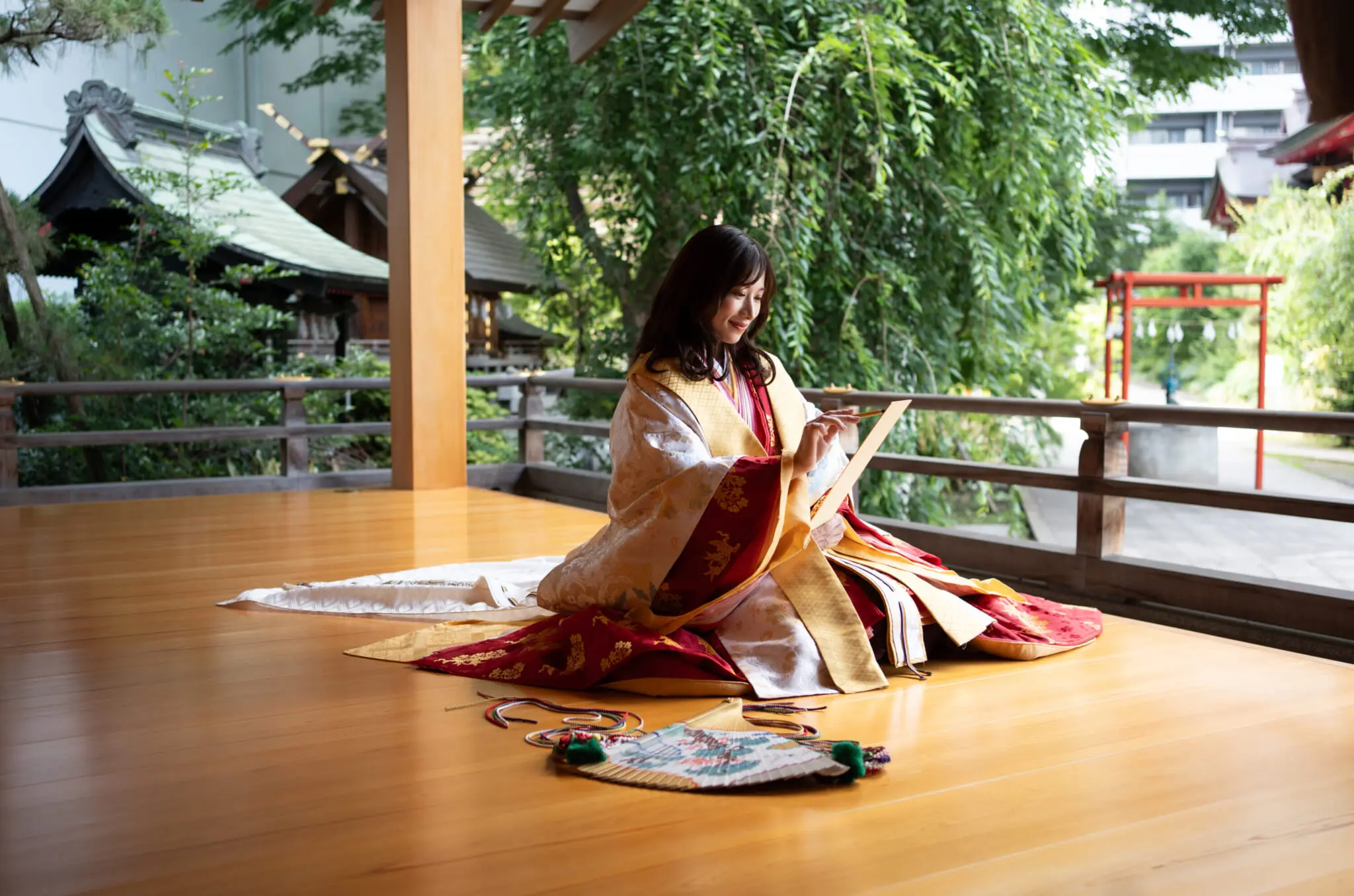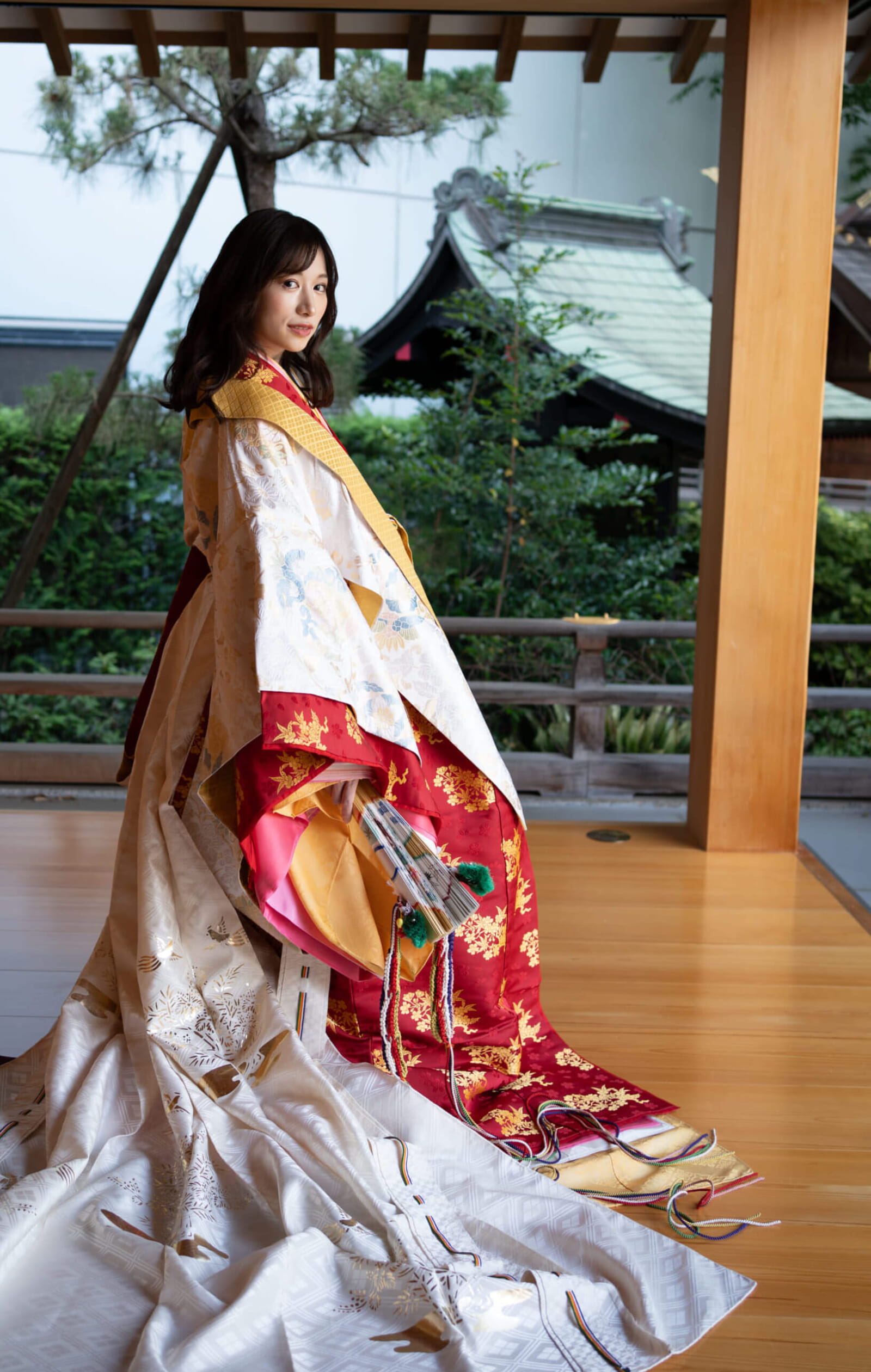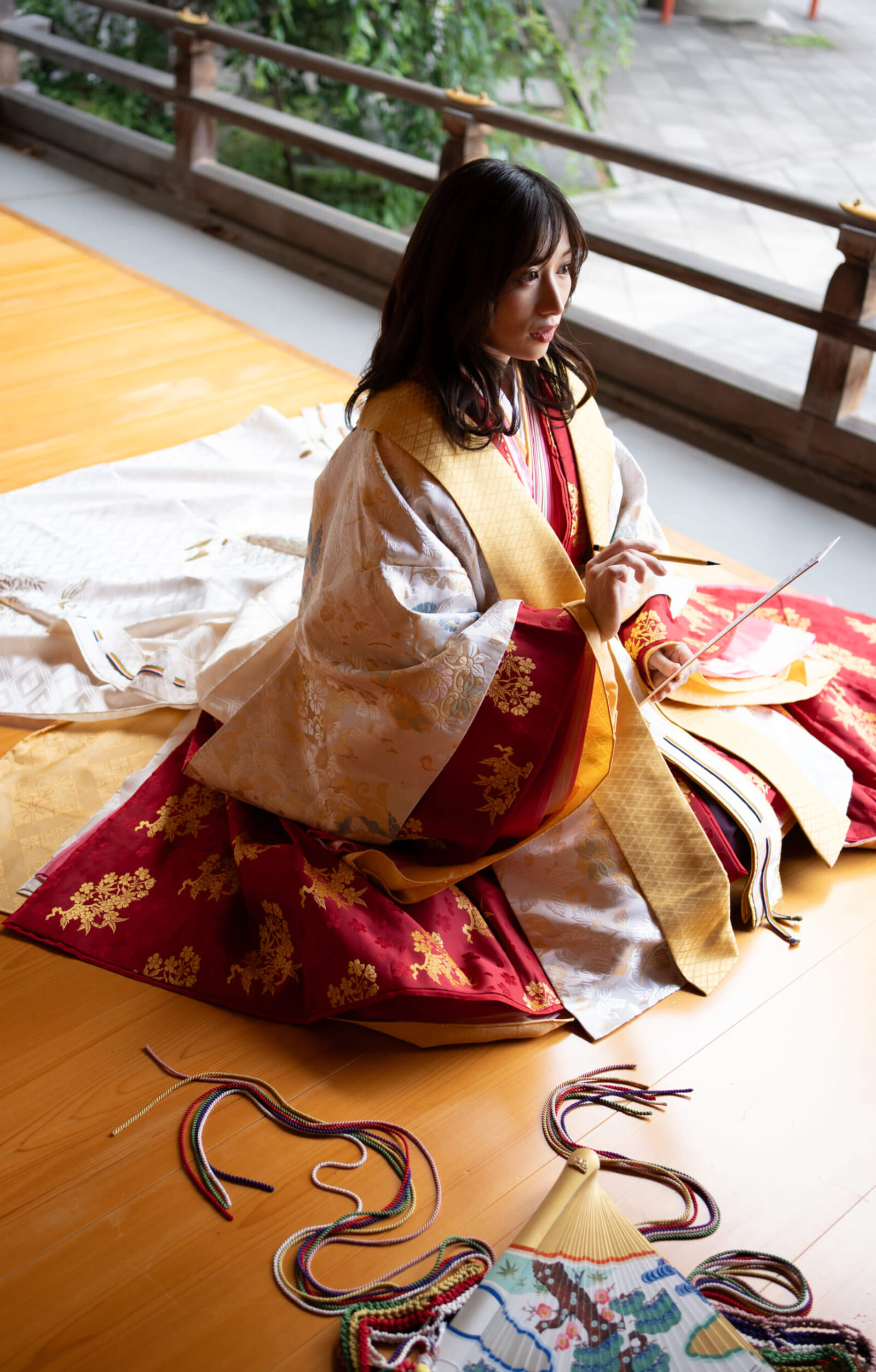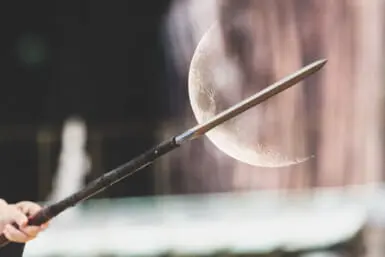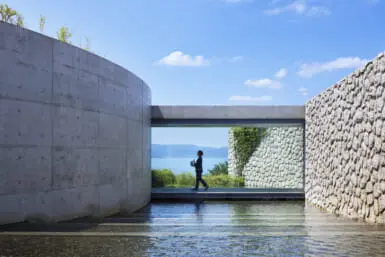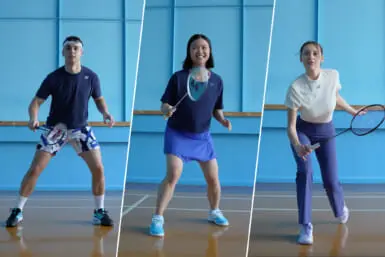Donning a kimono is quite the experience. Though the dressing process may look relatively straightforward at a glance, it is anything but. Requiring meticulous attentiveness to make sure every piece is in its proper place , the process of dressing in a kimono is a true art form that takes years of practice to master.
Recently, an abundance of studios and rental shops offering kimono-wearing experiences have opened across Japan, allowing customers the chance to partake in this ancient art. Among these, Juunihitoe Tokyo stands out. It focuses on junihitoe, a highly formal and elaborate type of kimono typically worn by aristocrats, particularly in historical court settings. It provides visitors with the rare chance to put on one of these exquisite, multilayered garments, allowing for a new understanding and appreciation of Japan’s traditional clothing and the societies in which these items were worn.

What Is a Junihitoe? Multiple Layers of History, Culture and Art
Junihitoe means “12 layers.” This style of kimono is associated with the Heian period (795 to 1185), and it was worn by noble women and ladies-in-waiting of the imperial court. The imperial family still wears the regalia today, though rarely — just for special ceremonial occasions like weddings and enthronement ceremonies.
As the name suggests, junihitoe are composed of numerous robes, though not necessarily 12. These layers are meticulously arranged, each one serving an aesthetic and symbolic purpose, with special attention paid to color symbolism and the harmonious interplay of hues.
During the Heian period, over 100 layered color combination variations were recorded in charts called kasane no irome. These charts were indispensable for helping nobility dress appropriately for the season and occasion. One popular color combination for spring referenced Japanese plum blossoms — considered the heralds of the season — and included shades to represent everything from the deep maroon buds to the delicate pink flowers. Other seasonal palettes included pink and green for summer’s dianthus flowers, red and beige for autumn’s chestnuts, and cream and white for winter to harmonize with snow and ice.

A Chance To Experience Junihitoe in Tokyo
Juunihitoe Tokyo aims to make the extraordinary experience of wearing a junihitoe more accessible. The studio has a collection of around 40 different junihitoe to choose from, along with sokutai, the Heian-period garments worn by men. Tourists and traditional culture enthusiasts can participate in one of its junihitoe experience plans, which are held at a salon in Kagurazaka and at Naruko Tenjinsha, a shrine in Tokyo’s Nishi-Shinjuku neighborhood. There are a variety of different options and add-ons, including the possibility of hiring a professional photographer. (If you’d rather not, staff will take photos for free and send them to your smartphone.)
The studio also offers wedding rental packages, as well as pop-up workshops at schools and hotels; they’re currently exploring offering experiences such as junihitoe try-on parties as well. No matter which package they choose, participants can expect to be carefully dressed by experts, each layer of the junihitoe adjusted with precision so that the vibrant colors and textures of the garment dazzle.
Fashion That Permeates Culture
Over the years, Juunihitoe Tokyo has worked with celebrities and media platforms, providing professional junihitoe dressing services for multiple productions — including for actor Kanna Hashimoto in the film Kaguya-sama: Love is War, actors Suzu Hirose and Mone Kamishiraishi in the film Chihayafuru and singer Suzuka Tomita from the idol group Hinatazaka46 for a segment on the TBS show Love It.
You’re most likely to have encountered junihitoe through hina ningyo — dolls made in the likenesses of members of the Heian-period imperial court and displayed for Hina Matsuri, or Girls’ Day — or through the legend of the princess Kaguya-hime. The story, also known as “The Tale of the Bamboo Cutter,” is a well-known folktale dating to the ninth or 10th century. As it takes place during the Heian period, it follows that the princess is commonly depicted wearing a junihitoe.
In 2013, an animated version of the folktale was released by Studio Ghibli. The movie tells the story of the princess’s journey from a modest but happy life in the countryside to one of finery draped in despair in the capital. In one of the most poignant scenes, Princess Kaguya storms out of a banquet, shedding the many colorful layers of her junihitoe as she flees in the glow of an imposing and ever-present full moon.
A junihitoe-wearing experience presents a unique, once-in-a-lifetime opportunity to literally drape yourself in Japan’s cultural heritage, emulating Heian-era nobility. Juunihitoe Tokyo’s depth of experience ensures your time dressed in the finery of ancient Japan is both authentic and unforgettable.
More Information
Reserve a junihitoe experience online at juunihitoe.com. For inquiries, contact Juunihitoe Tokyo via Line by clicking this link. To stay up to date on workshops and experiences, follow the studio on Instagram, TikTok and YouTube.

